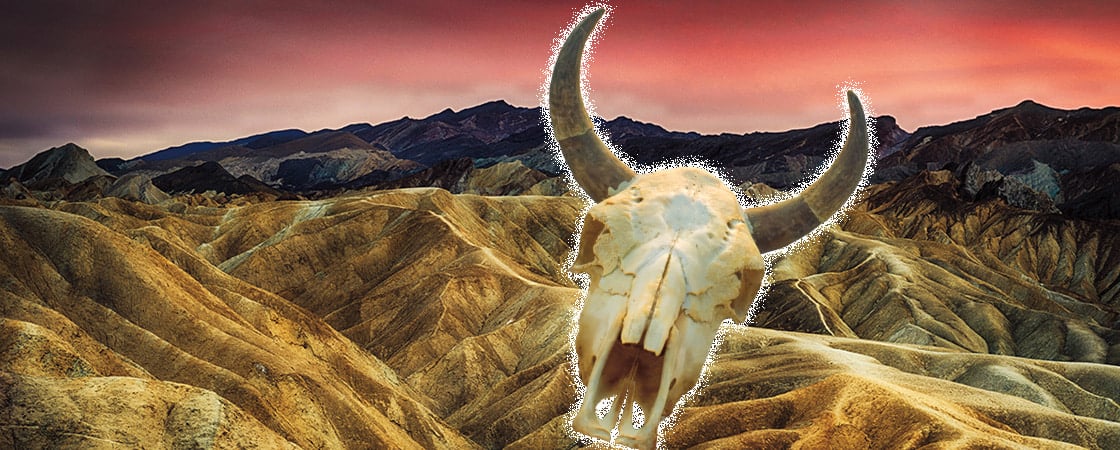Courtesy of Donna Cooper
Gina Cooper (left) and Jenny Leung
Death Valley is the hottest place on Earth. The searing heat sucks the air out of your lungs and scorches the bottoms of your feet. It’s so bone-dry that corpses don’t rot; they shrivel into mummies. The human body is not made to survive in such an extreme place. Every year at least one person dies in Death Valley.
It was in this desert inferno that three women became stranded on July 22, 2010.
Seventeen-year-old Gina Cooper, her mother, Donna, and their friend Jenny Leung, 19, had no phone service and very little water. Their chances of survival were slim . . . and getting slimmer by the moment.
Death Valley is the hottest place on Earth. The searing heat sucks the air out of your lungs. It scorches the bottoms of your feet. It’s so bone-dry that corpses don’t rot; they shrivel into mummies. The human body is not made to survive in such an extreme place. At least one person dies in Death Valley every year.
It was in this desert inferno that three women became stranded on July 22, 2010.
Seventeen-year-old Gina Cooper, her mother, Donna, and their friend Jenny Leung, 19, had no phone service and very little water. Their chances of survival were slim . . . and getting slimmer by the moment.



